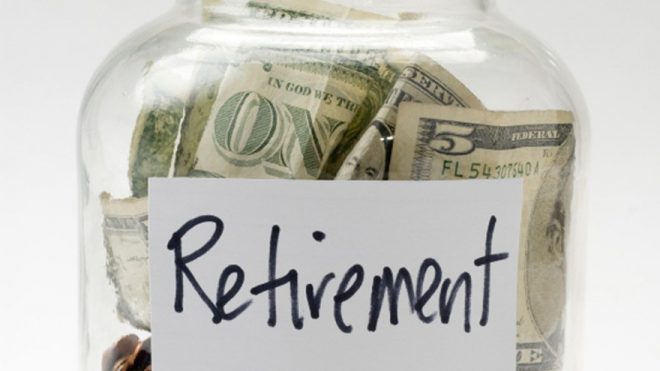What Are RMD’s?
Required minimum distributions are money the government makes you take out of your IRA after you turn age 70 ½.
The government created IRAs as a saving mechanism to help everyone be financially prepared for retirement. They allow you to put in pretax money, but with a catch–that money has to be used for retirement. To make sure you use that money while living, and don’t use the tax advantage to simply pass on money to your heirs, they require you to begin withdrawing money at age 70 ½.
How Much Do I Have To Withdraw?
This can quickly turn into a very complicated question.
Every year from the year you are 70 ½ , you will have to take a percentage of your IRA. It initially begins at around 3.7%, and then increases each year thereafter. The amount you are required to take is based on your life expectancy. As you age, they require you to withdraw more so they are sure you use the money during retirement.
There can be complications. For example, a different calculation is used for those who have spouses who are more than 10 years younger than them. Their RMD is usually less, presumably so the IRA depletes less quickly so it can support the younger spouse. Also, certain annuities will be factored into the calculation, and may increase your RMD’s. Other qualified plans, such as 401(k)’s and 403(b)’s, need to have their own separate calculations of what the RMD will be, in addition to your IRA.
What if you choose not to withdraw your RMD? You will be taxed. Heavily. At a rate of 50%.
Is My Financial Plan Ready for RMD’s?
The first step in making sure your portfolio is ready for RMD’s is to allocate your portfolio in a way which generates interest and dividends at a rate of at least 3.7%. The key here is to focus on dividends and interest, not growth. We want to be able to live off of interest and dividends for as long as we can without having to deplete our principal.
You can think of it like a mortgage in reverse. On a 30 year mortgage, you intially start off paying pretty much all interest, but near the end of the 30 years you finally end up paying off the principal. Our goal is to do the reverse of that. We want to generate interest so that we live off of that first, leaving the principal untouched for as long as we can so it does not deplete.
So why not invest in the market for growth? If you are looking to sell shares as a way to meet your required distribution, you may end up falling into a trap we call reverse dollar cost averaging. Dollar cost averaging can be effective when buying stocks, but hazardous when selling them.
How does this work? Say the first year you have to sell 10 shares at $10 per share to meet your RMD of $100. You sold each share for an average of $10. For simplicity’s sake, say the next year your RMD is again $100, but the price of your stock fell to $5. Now you must sell 20 of your shares. Between the two years you averaged to sell each share for $6.66– because you sold twice as many shares for $5 as you did for $10. The RMD’s may force you to sell low, depleting your principal quickly.
Other Considerations?
RMD’s can be tricky. In addition to making sure you withdraw the correct amount, there can be complicated tax implications. For example, your RMD counts as income which could affect how much of your Social Security is taxed.
Making a sound financial plan can be complicated enough as is. RMD’s are just another piece of the puzzle you need to consider when trying to make a clear picture. You need to sit down and evaluate your plan. Can you take RMD’s without immediately depleting your principal? Does your portfolio generate enough interest and dividends? Do you understand the tax implications? These are tough questions. Please, consider them carefully and do not be afraid to seek the advice of a financial advisor you trust.



